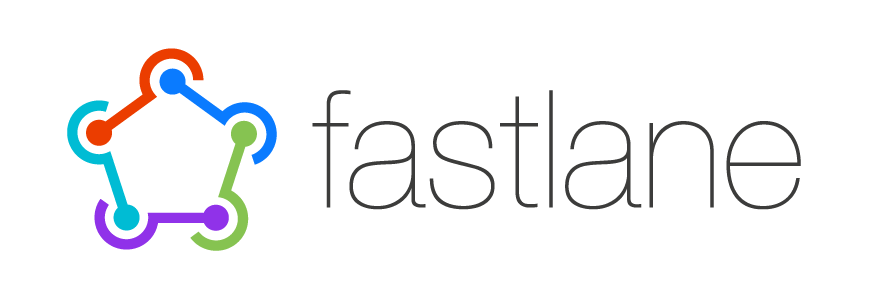
If you usually use Fastlane tools to automate the most common development tasks now you can start using our Fastlane Plugin to easily deploy new iOS and Android versions of your Apps to Applivery and close your development cycle: Build, Test & deploy like a pro!
Some of the main features you’ll get after start using Fastlane along with Applivery are:
- Forget about uploading versions and automate the deployment process.
- Get more context about your builds by attaching and displaying the most relevant information: Direct link to the repository (GitHub & Bitbucket), commit hash, Branch, Tag, etc…
- Use Fastlane lanes to create your build & deploy workflows.
Do you want to start using Fastlane with Applivery? First of all, you need to install Fastlane in your system in case you don’t have it yet. To do so, please follow this simple guide.
Once ready, follow the next steps to configure the Applivery Fastlane plugin.
Step 1 - Add the fastlane plugin #
All you have to do is add the Applivery Fastlane Plugin to your project by running:
fastlane add_plugin applivery
Step 2 - Configuration #
Fastfile to configure the deployment in Applivery. A sample configuration might be:
desc "Generate a new build and upload it to Applivery.com"
# iOS App build and deploy
platform :ios do
lane :applivery_deploy do
gym(
scheme: "YOUR_APP_SCHEME", # Your App Scheme
export_method: 'enterprise') # Choose between: enterprise or ad-hoc
applivery(
app_token: "YOUR_APP_TOKEN", # Applivery App Token
#name: "My awesome build", # OPTIONAL: Applivery Build name
#notify_collaborators: true, # OPTIONAL: Notify Collaborators after deploy
#notify_employees: true, # OPTIONAL: Notify Employees after deploy
#notify_message: "Uploaded with fastlane", # OPTIONAL: Notification message
#changelog: "Awesome release notes", # OPTIONAL: Release notes
#tags: "tag1, tag2", # OPTIONAL: Tags to identify the build
#filter: [[group1, group2],[group3]], # OPTIONAL: List of groups that will be notified
#build_path: "YOUR_APP.ipa" # OPTIONAL: by default it takes the IPA build path generated by gym
)
end
end
# Android App build and deploy
platform :android do
lane :applivery_deploy do
gradle(task: "assembleRelease")
applivery(
app_token: "YOUR_APP_TOKEN", # Applivery App Token
#name: "My awesome build", # OPTIONAL: Applivery Build name
#notify_collaborators: true, # OPTIONAL: Notify Collaborators after deploy
#notify_employees: true, # OPTIONAL: Notify Employees after deploy
#notify_message: "Uploaded with fastlane", # OPTIONAL: Notification message
#changelog: "Awesome release notes", # OPTIONAL: Release notes
#tags: "tag1, tag2", # OPTIONAL: Tags to identify the build
#filter: [[group1, group2],[group3]], # OPTIONAL: List of groups that will be notified
#build_path: "YOUR_APP.apk" # OPTIONAL: by default it takes the APK build path generated by gradle
)
end
end
You can always read more about the Applivery Fastlane plugin in our GitHub repository.
Now there are no excuses! It couldn’t be more easy! Now you can focus all your efforts on development and forget the rest!
Start building and deploying your Apps like a pro!